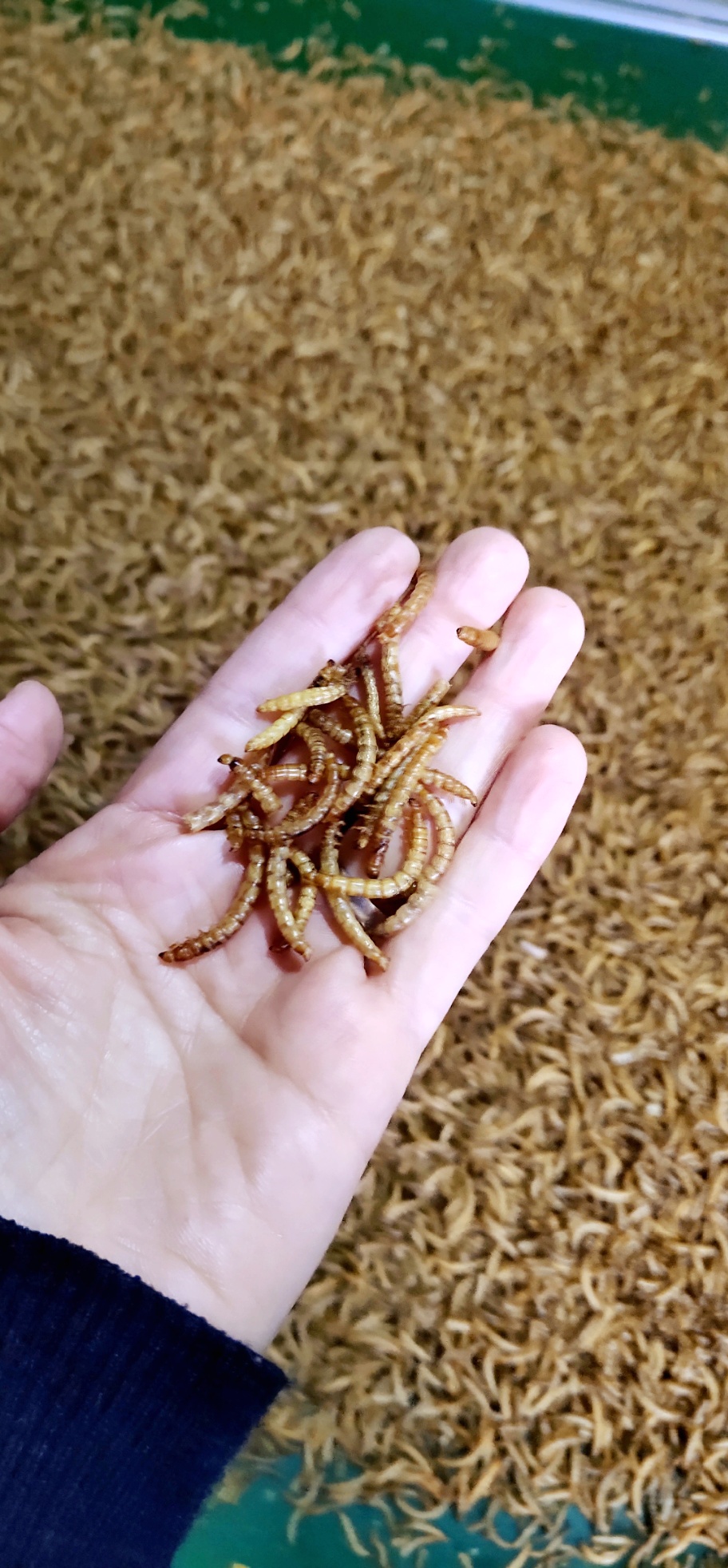Late summer and early autumn is the initial stage of the production of hens. The quality of management during this period is related to the efficiency of raising chickens. Therefore, reserve hens should be carefully managed.
Timely exchange and feeding of transitional materials generally give 20-week-old chickens with egg feed, also known as transitional materials, which contain 1% of calcium and 16.5% of crude protein. When the chicken production rate reaches 2%, the feed should contain 3.4% to 3.5% calcium and the crude protein content should reach 18%.
While controlling the initial body weight in refilling calcium supplementation, we should do a good job in the uniformity of population development, and group large, medium, and small hens in groups to raise them regularly. Never increase material or reduce material sharply. The weight of light-weight chickens should not exceed the size of medium-large chickens, so as to avoid affecting sexual maturity due to fat deposition.
Strictly controlling the temperature of the laying hens, the most suitable egg production temperature is 18°C. When the temperature is lower than 13°C, it will affect the growth and production of eggs, so when the temperature is too low and the feed is not added in time, the reserve Hens will postpone production due to lack of energy. At high temperatures, the intake of hens is reduced. If the proportion of protein in the diet is not increased in time, the development of the reproductive system will be delayed and the production will be postponed.
Adjust the relative humidity and ventilation requirements of the chicken house relative humidity of 55% to 65%, 1 to 3 days of age relative humidity of the house is 70%, after 4 weeks of age can be reduced to 50%. Humidity should not be too great, otherwise the chicks will become filthy, unappetizing, and infirm, which delays sexual maturity and delays production. If the ventilation is poor, harmful gases in the air will increase, the humidity will increase, and the oxygen content will decrease, which will make the reserve hen poorly developed and postponed production.
Illumination control and adjustment Reserve hens generally enter the sexual maturity stage at 15 weeks of age, during which period natural lighting is gradually reduced. The short illumination time requires longer time for sexual maturation. Therefore, supplemental illumination must be started from the 15th week of the replacement hens to meet their sexual maturity needs. Generally speaking, the illumination time of the reserved hens after 15 weeks of age should be maintained at the light hours of 15 weeks of age, but the illumination should not be too strong to prevent the emergence of chicken feathers, toes, backs and other evils. The primordial broiler has a daily exposure time of 13-17 hours.
Feeding clean drinking water The hens are very demanding for drinking water. Generally, each primal hen needs 100 to 200 grams of water a day. Therefore, first-laying hens should not be deprived of water every day. It is best to use flowing water tanks for water supply, and to provide 2 to 3 times of dilute brine every week to enhance their constitution and increase their intake. Daily carrots or green diets can also be fed to increase the protein content of their diet.
The yellow mealworm is not only rich in protein, fat, polysaccharid and other organic macromolecular nutrients, but also rich in phosphorus, potassium, iron, sodium, aluminum and other trace elements. For every 100g of the yellow mealworm larvae, the protein content of dry powder is between 48% and 54%, the fat content is between 28% and 41%, and the contents of vitamin E, B1 and B2 are also high. Therefore, the yellow mealworm can provide high quality protein for birds, make birds strong, eyes bright, feathers rich and shiny.

Bird Feed,Bird Food,Wild Bird Food,Homemade Bird Food
Fenxi Kangruilai Biotechnology Co., Ltd. , https://www.kangruilai-petfeed.com
